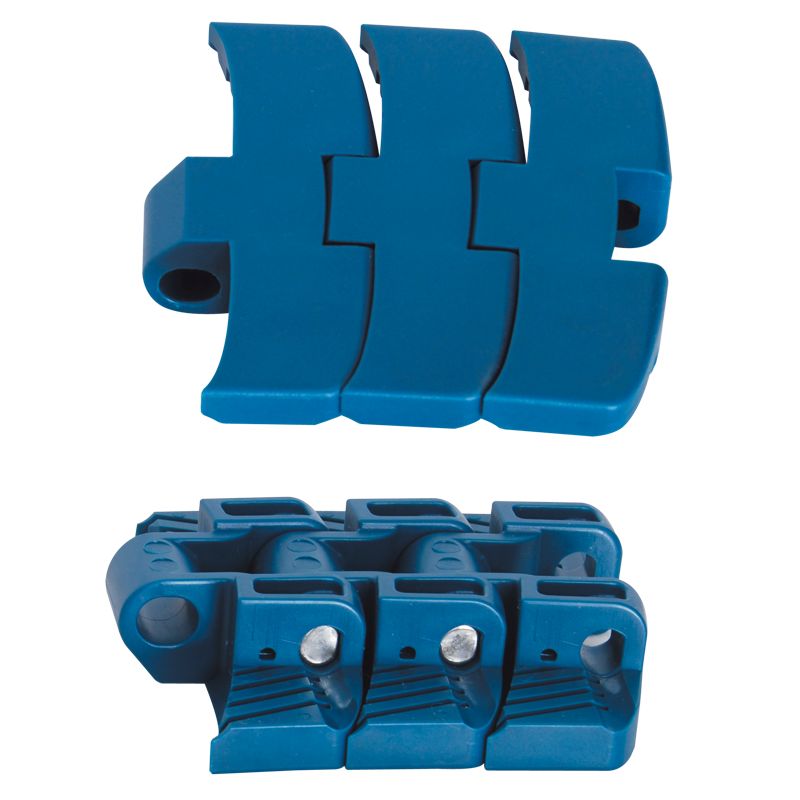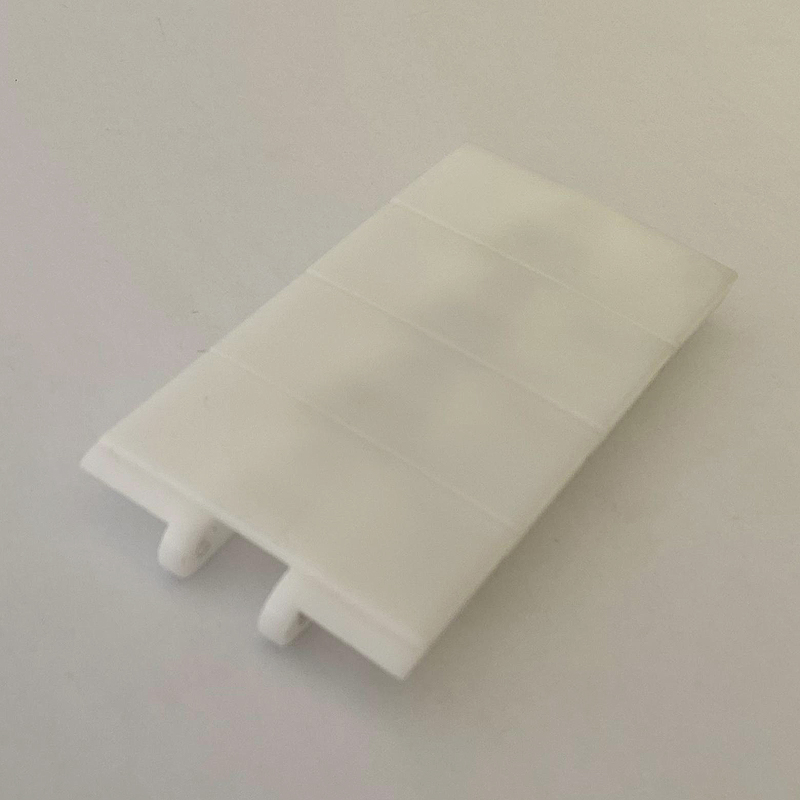Image courtesy of Getty Images
Although Oscar De la Renta is synonymous with fashion designs worn by a group of distinguished women and celebrities, his brand saw international wholesale growth beginning in 2003. Today, as De la Renta’s designs are accessible in his retail stores, online, and with select wholesale partners worldwide, the late fashion designer described the market by saying: “Now is the most exciting time in fashion. Women are controlling their destiny now, the consumer is more knowledgeable, and I have to be better every single day.” Egg Packing Machine

Similarly, when it comes to the beverage industry, consumers are increasingly more knowledgeable about the drinks they consume, creating demand for product and packaging innovations. As such, experts note that current market trends are impacting can filling and seaming equipment.
“For example, consumers are demanding ‘healthier’ drinks causing an increased interest in hybrid or fusion drinks, such as fruit juices mixed with tea, as well as sparkling water,” says Tommaso Tegoni, product manager for filling at Sidel, Octeville sur Mer, France. “Alongside this, we are seeing some ‘mouthfeel’ innovations, using nitro cans, and adding viscosity through purees and jellies.
“Equipment now needs to perform changeovers in minimal time while handling carbonated and still beverages, as well as hot and ambient filled beverages — all while lowering energy, water, chemical and raw material consumption.” — Tommaso Tegoni, product manager for filling at Sidel
“On the alcoholic beverage side, we are supporting craft breweries and hard seltzer producers who wish to further differentiate and meet new consumers’ demands,” he continues. “These beverage trends are impacting the requirements for equipment to produce and accommodate high levels of food safety, improved performance and flexibility to ensure can filling of varying sizes.”
Barry Fenske, technical sales of the filling division at Krones Inc., Franklin, Wis., notes that with more sensitive beverages moving to cans, this trend is having a major impact on can filling and seaming.
“More sensitive beverages are moving into cans, such as beverages that normally are packaged by aseptic PET lines,” he explains. “Thus, an aseptic can filler/seamer will need to be explored. The issue is making the seamer aseptic, which is a tall challenge.”
Alongside increased market demand for a variety of container sizes, experts highlight how increased SKUs are creating greater need for equipment adaptability.
“SKU proliferation has accelerated the need for an improvement in automation and changeover capabilities, which has become essential for the latest filling and seaming equipment,” Sidel’s Tegoni explains. “Equipment now needs to perform changeovers in minimal time while handling carbonated and still beverages, as well as hot and ambient filled beverages — all while lowering energy, water, chemical and raw material consumption.”
Krones’ Fenske points to equipment designed with flexibility into the filler as critical to addressing SKU proliferation because it allows the running of several product types on the same filler.
“There are machines that can run carbonated or noncarbonated beverages, hot or cold fill — all on one machine, such as our Modulfill VFJ-C — Krones,” he says. “With a filler/seamer bloc needing to be flexible, changeovers can be impacted, especially at the seamer when there is a lid diameter change. This is especially applicable to co-packers.
“Also for can filling, it is becoming more popular to discuss having two seamers in a block to one can filler to help with changeover times for lid diameter changes,” Fenske continues. “Handling parts on the fillers are a quick change. Separate recipes in the PLC for each SKU, brought up for that SKU at the touch of a button so that very little fine tuning is required after changing to another.”
Designed with brewers and carbonated soft drinks (CSD) manufacturers’ needs in mind, Sidel’s EvoFILL Can filler is able to improve beverage quality, maximize performance and expand flexibility, Tegoni explains.
“This filler has the capacity to fill CSD at ambient temperature and still drinks in hot fill, thus accommodating a wide range of beverages via a single piece of equipment,” Tegoni says. “With manufacturers looking to perform changeovers in minimal time, flexibility benefits are a key requirement when selecting can filling and seaming equipment.
“With up to 182 filling valves on EvoFILL Can’s carousel, manufacturers can handle a wide range of speeds (130,000 cans per hour) and can sizes, from 150 ml up to 1 liter,” he continues. “The carousel adjustment is fully automatic for various can height, offering flexibility for can types and allowing filling for every kind of can without a need to process change requests.”
As product safety is utmost for manufacturers, experts highlight the need for filling and seaming equipment that accommodates hygiene standards to ensure product safety and quality control requirements.
“An example of this is Sidel’s latest can filler, EvoFILL Can,” Sidel’s Tegoni says. “The filling equipment has a ‘no base’ design, which ensures an overall easy cleaning process and makes sure that there is no residual product in the filling environment and a cleaner zone.
“The solution’s improved CO2 pre-flushing system results in the utmost food safety,” he continues. “Consuming less CO2 in total, this feature not only improves beverage quality, it improves line performance.”
Krones’ Fenske stresses the importance of checks and balances, listing steps that ensure product safety.
“You need a good can (check before rinsing, auto reject if out of spec); correct rinsing media for the application, low oxygen pick-up methods filler/seamer (flush the can at the filling valve with CO2/N2 prior to filling, blanket the can headspace with CO2/N2 prior to lid positioning); check for product fill height post seamer; and check the can downstream with an inspection device looking for slow leakers,” he explains.
When it comes to technological advancements, Sidel’s Tegoni notes that digital advancements are changing the landscape for can filling and sealing equipment.
“In today’s market, state-of-the-art technology such as prediction, aided guidance and self-adjustment, is paramount,” Tegoni says. “For example, self-adjustment enables machinery to correct itself independently from human intervention when data shows that its production values are out of range, as well as when manufacturing parameters should change based on new production needs.”
With these improvements, equipment for the filling and seaming market is ready for the next step in beverage production.
Lauren Sabetta, managing editor for Beverage Industry, writes for the magazine’s print and online components. She earned her Bachelor of Science in Communication, Journalism from Appalachian State University.
You must have JavaScript enabled to enjoy a limited number of articles over the next 30 days.
Sponsored Content is a special paid section where industry companies provide high quality, objective, non-commercial content around topics of interest to the Beverage Industry audience. All Sponsored Content is supplied by the advertising company and any opinions expressed in this article are those of the author and not necessarily reflect the views of Beverage Industry or its parent company, BNP Media. Interested in participating in our Sponsored Content section? Contact your local rep!
The premier live event in the commercial membrane and membrane technology sector. It is the go-to source for processors, plant managers, engineers, chemists, equipment manufacturers, research and development professionals, sales & marketing specialists, technicians with informative technical sessions covering current topics and emerging trends.
Copyright ©2024. All Rights Reserved BNP Media.

Flat Top Conveyor Design, CMS, Hosting & Web Development :: ePublishing